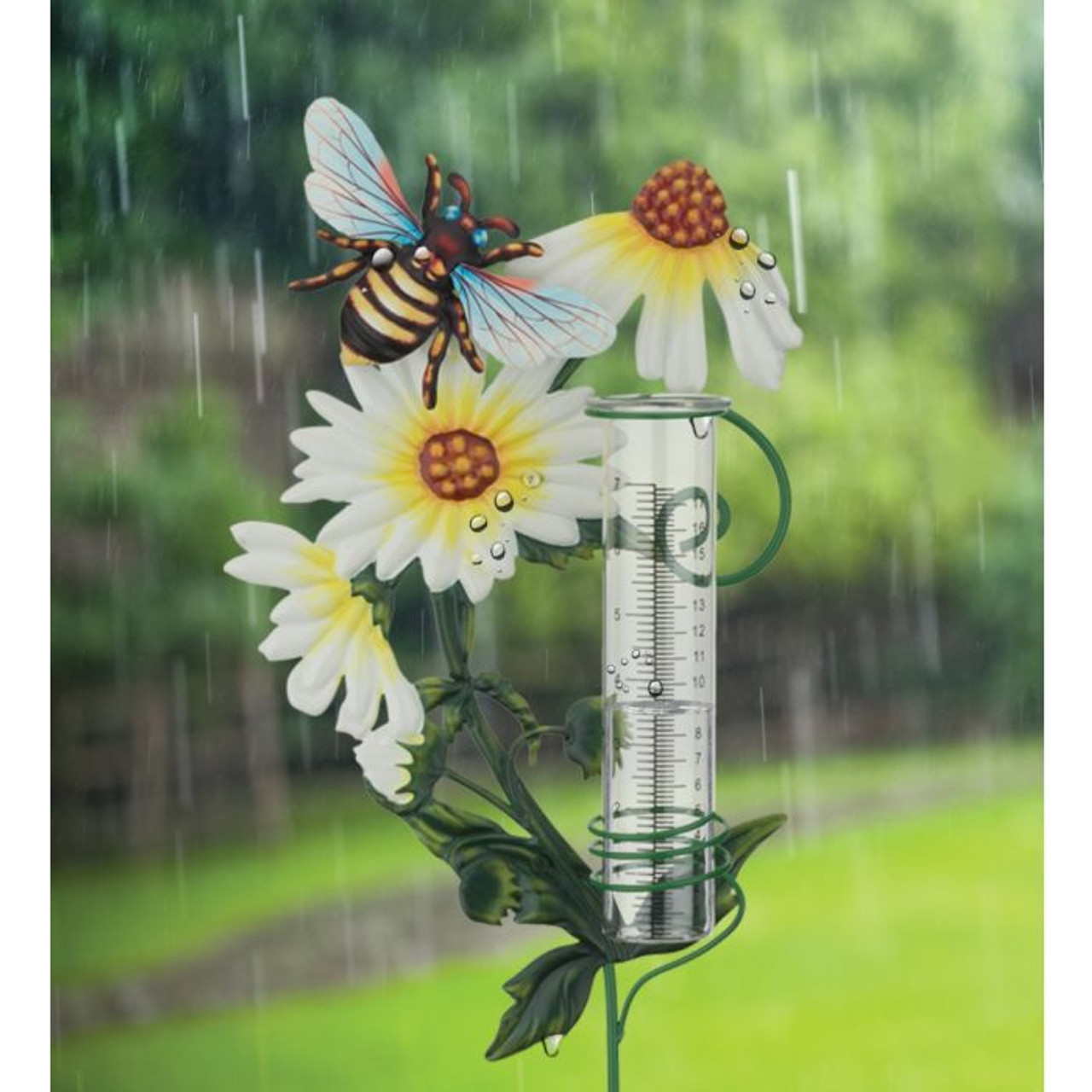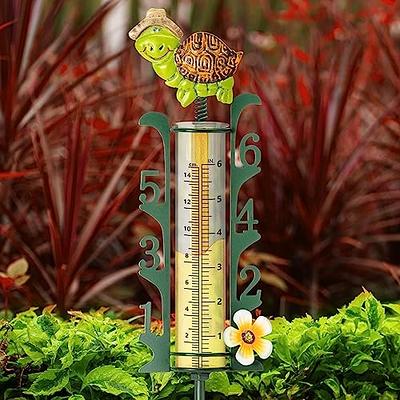Understanding the Scientific Research Behind The Rain Gauge: Insights and Innovations Unveiled
Understanding the Scientific Research Behind The Rain Gauge: Insights and Innovations Unveiled
Blog Article
Do It Yourself Rainfall Gauge: Simple Steps to Make Your Own
Creating your very own DIY rainfall gauge is a efficient and simple means to record and measure rainfall. With just a few usual products and some standard steps, you can quickly create your very own rainfall gauge at home. Let's obtain begun on making your Do it yourself rain gauge today!
Gather Products
To begin constructing your DIY rain gauge, collect all the necessary products utilizing a comprehensive list of things. Having the right materials on hand will guarantee the effective creation of your rainfall scale and permit for exact dimensions of rainfall. Collecting these materials in advance will certainly enhance the building procedure and make certain that you have whatever you need to create your very own Do it yourself rain gauge.
Prepare the Container

Mark the Measurement Increments
To accurately determine the amount of rainfall, accurately marking the dimension increments on your DIY rain scale is vital. Without clear and specific markings, it would be tough to identify the exact amount of rainfall collected in your rain scale. Right here are the actions to mark the measurement increments on your rainfall scale.
The most common units for measuring rains are inches and millimeters. Once you have actually chosen the unit, make use of an irreversible pen or water resistant paint to mark the increments on the side of your rainfall gauge.
When marking the increments, it is necessary to guarantee that they are uniformly spaced and clearly noticeable. Make use of a leader or determining tape to guarantee accuracy and consistency. Furthermore, see to it that the markings are resistant to fading or scrubing off, as direct exposure to the aspects might cause them to deteriorate with time.
Location the Rainfall Gauge Outdoors
The rain gauge should be positioned outdoors to properly gather rains information. The location picked for the rainfall scale need to be cost-free and open from any type of blockages that might possibly impact the measurement of rainfall. It is important to find a place that is not blocked by trees, structures, or various other frameworks that can obstruct the rain from getting to the scale. This will guarantee that the collected data is agent of the actual rains in the location.
Additionally, it is essential to place the rainfall gauge on a steady read here surface, such as a degree ground or a durable article. This will stop any kind of movement or tilting of the scale, which might cause inaccurate dimensions. It is also a good idea to prevent putting the gauge near any type of resources of synthetic water, such as sprinklers or drainage systems, as this might hinder the precision of the measurements.
Screen and Document Rain Data
Routine surveillance and recording of rainfall data is vital for exact information analysis and analysis. By keeping an eye on rains dimensions, you can obtain useful understandings into weather patterns, environment fads, and water source monitoring. To effectively keep an eye on and tape rains data, it is essential to establish a routine and maintain consistent methods.
First of all, guarantee that your rain scale is positioned in an open area away from obstacles such as trees or buildings that may block rains. Additionally, make sure the rainfall scale is level and firmly secured to avoid any type of activity that could impact the precision of the dimensions.

When recording the rainfall data, it is necessary to note the date and time of each measurement. Utilize a leader or a determining adhere to establish the rains deepness in the rainfall scale, and document this details properly.
To make certain the precision of the dimensions, it is suggested to empty the rain gauge after each recording. This will certainly avoid any kind of overflow or dissipation from influencing subsequent measurements.
Conclusion
To conclude, producing a DIY rain scale is a practical and straightforward method to monitor and videotape rainfall information (The Rain Gauge). By complying with the steps detailed in this short article, you can easily collect materials, prepare the container, note the measurement increments, and put the rain scale outdoors. Frequently keeping track of and recording rains information can offer valuable info for numerous functions
Having the appropriate materials on hand will certainly guarantee the effective creation of your rain scale and allow for exact measurements of rainfall.To properly measure the quantity of rains, accurately noting the dimension increments on your DIY rain scale is important.The rainfall scale must be put outdoors to properly collect rainfall information. The place chosen straight from the source for the rainfall gauge ought to be open and cost-free from any kind of obstructions that can possibly influence the dimension of rainfall.In verdict, developing a DIY rainfall gauge is a browse this site functional and basic means to check and tape-record rains information.
Report this page